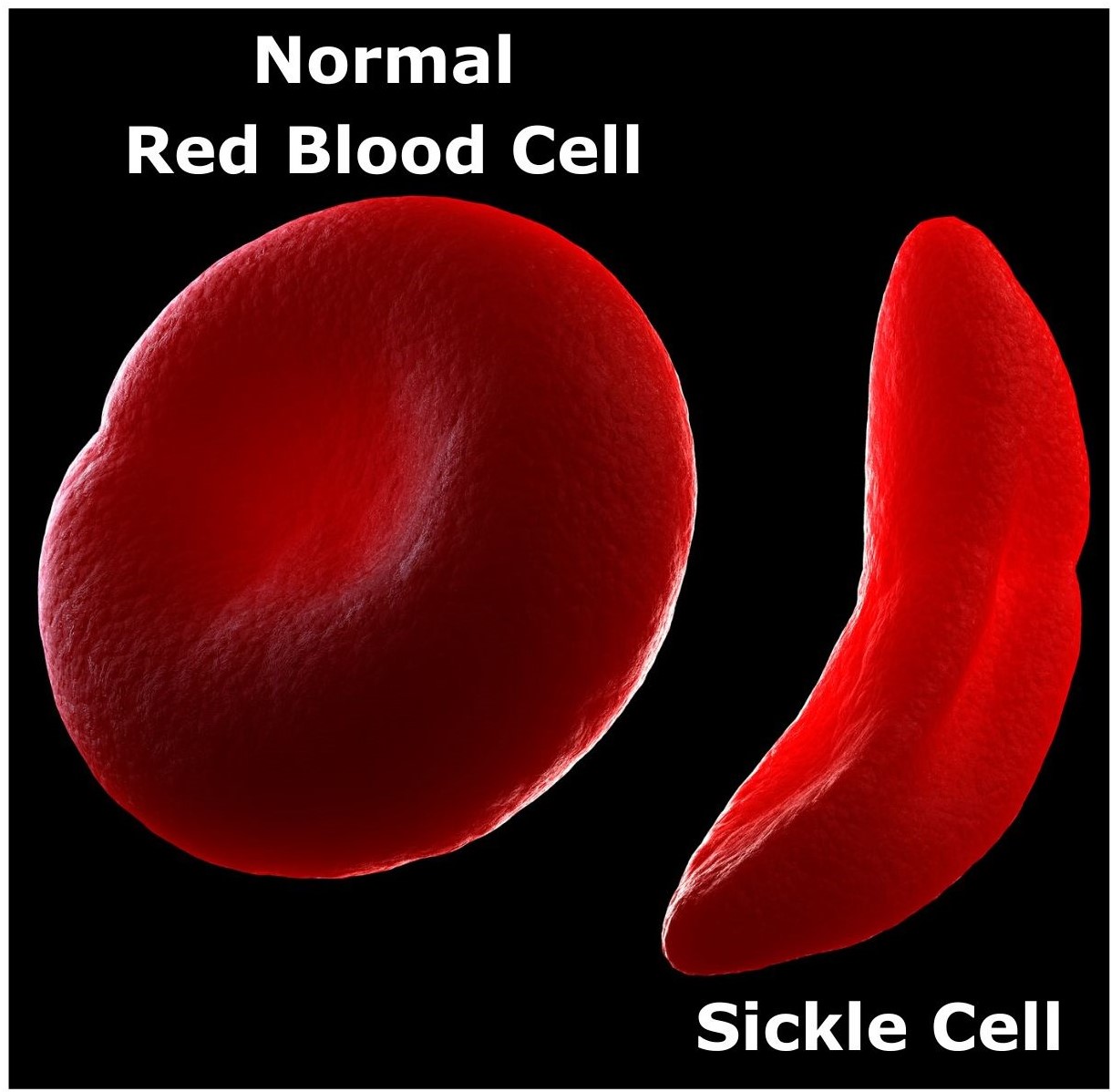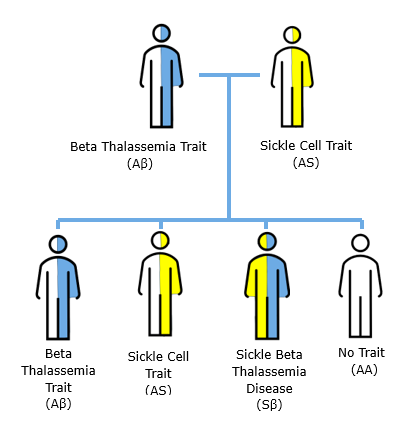Sickle Beta Zero Thalassemia
What is Sickle Beta Zero Thalassemia?
Sickle Beta Zero Thalassemia (sickle BA-ta zero thal-a-SEE-me-a) is similar to sickle cell anemia. Your child's red blood cells contain an abnormal hemoglobin, called hemoglobin S or sickle hemoglobin. In addition, the red blood cells have a defect called thalassemia, which reduces the production of hemoglobin and results in cells that are small in size and more pale than usual.
Instead of appearing round or donut shaped, your child's red blood cells are somewhat small, pale, and misshapen. Some may appear sickled, or banana shaped.
Because sickle beta zero thalassemia is inherited, it is a lifelong disorder. Treatment options are different for each person depending on symptoms and may include receiving blood transfusions, maintaining a high fluid intake (drinking 8-10 glasses of water reach day), receiving IV (intravenous) therapy (fluids given into a vein) and medications, such as pain relievers and hydroxyurea. To date, there are only two potential cures for sickle cell disease: a bone marrow or stem cell transplant and gene therapy.
How is Sickle Beta Zero Thalassemia Inherited?
People who have this form of sickle cell disease inherit one sickle cell gene from one parent and one gene for beta thalassemia, another type of anemia, from the other parent. There is a 25% chance of having a baby with sickle beta zero thalassemia with each pregnancy.

Symptoms Seen in Children with Sickle Beta Zero Thalassemia
Most information about sickle cell anemia also applies to sickle beta zero thalassemia. Like sickle cell anemia, your child has an increased risk of getting infections, such as meningitis (an infection of the brain), pneumonia, septicemia (blood poisoning), and osteomyelitis (an infection of the bone). Because your child is more susceptible to infections than other children, he or she will probably be put on penicillin in order to help prevent these infections from occurring. It is important that your child take penicillin as directed. Any fever of 101°F or 38.5°C should be taken seriously and your child taken to your family doctor or clinic IMMEDIATELY!
Painful episodes can occur with sickle beta zero thalassemia. The sickled red blood cells in sickle beta zero thalassemia, like those in sickle cell anemia, are rigid and stiff and may sometimes cause "log jams" in the small blood vessels in the bones, organs and other parts of the body. Since oxygen (which is carried by the red blood cells) cannot get past the "log jams" into the bones and organs, this can cause pain. These painful episodes occur most commonly in the back, stomach, arms, and legs. They can last for a few hours to as much as a week or more. Occasionally, the pain is accompanied by swelling. Painful episodes can vary in severity of the pain and the duration. There are medications to help ease the pain and make your child more comfortable.
It is important to inform any physician that sees your child that they have sickle beta-zero thalassemia to interpret lab tests accurately, provide appropriate treatment, and recognize symptoms related to this disorder.
What You Can Expect
A child with sickle beta zero thalassemia can have a normal lives and life spans. Your child should not be considered "sick", and you should treat him or her normally. Your child will need to be seen regularly by your family doctor for regular check-ups and vaccinations. Your child will also need to make several visits a year to see a hematologist or blood specialist.